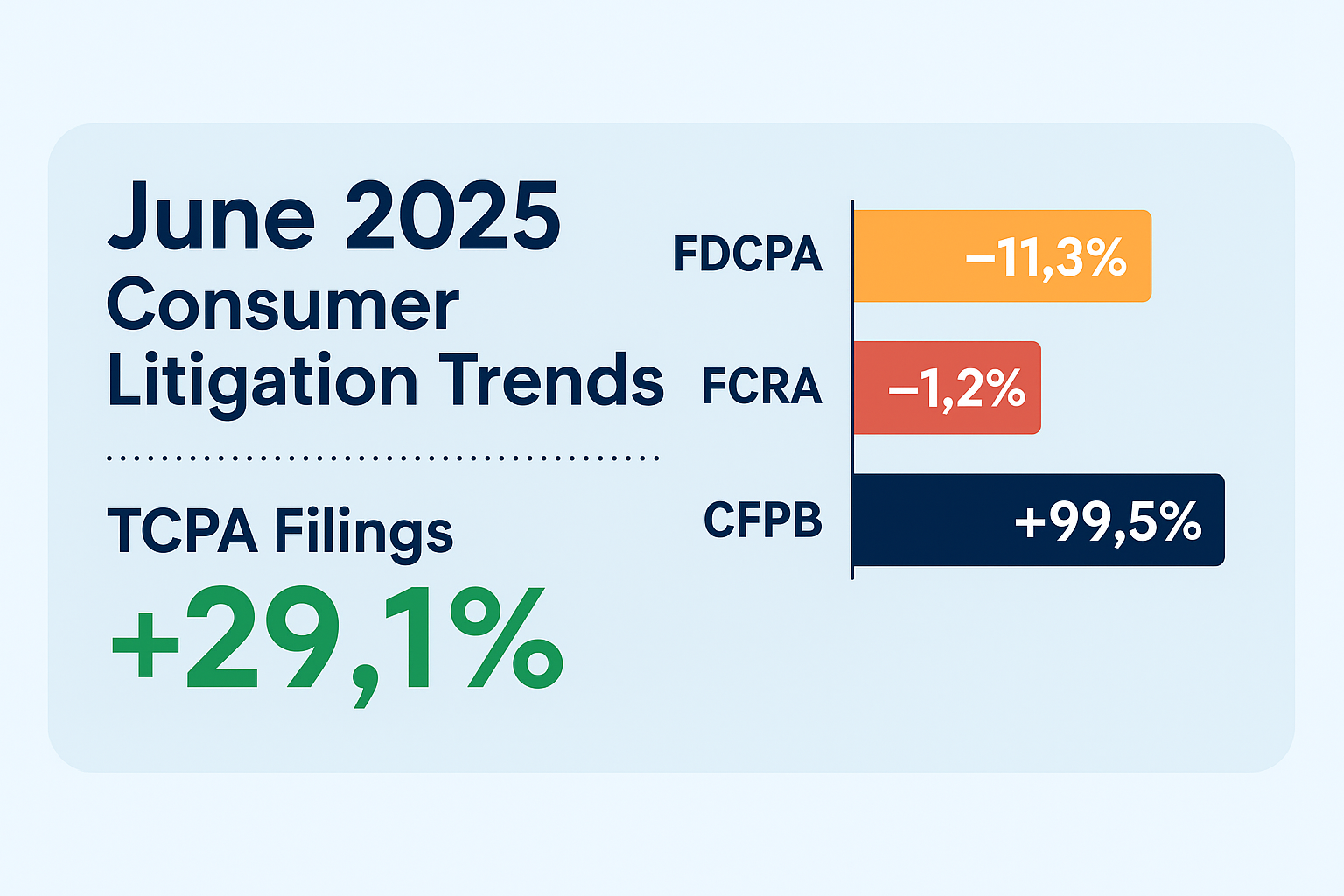It could have been one of the largest pay-TV providers in the U.S. Instead, the DirecTV-Dish acquisition, a deal once poised to combine 20 million subscribers under one umbrella, fell apart over bondholder resistance. DirecTV CEO Bill Morrow justified the termination as a move to safeguard the company’s operational flexibility and balance sheet. But this decision goes beyond finances—it marks a pivotal moment in the telecommunications industry, influencing customer engagement strategies, regulatory compliance, and future innovation.
Here’s how the fallout from this failed deal affects the telecommunications ecosystem, and what leaders in the TSP stack industry need to know.
Impact on Customer Engagement
1. B2B and B2C Dynamics
The collapse of the DirecTV-Dish deal creates both challenges and opportunities for customer engagement across channels:
- B2C Implications: Satellite TV services, long under pressure from cord-cutting trends, must now compete harder for direct-to-consumer subscribers. Dish TV’s customer base, including 5.89 million satellite subscribers and 2.14 million Sling TV users(Sources Direct TV Blog), is likely to see increased churn as alternative providers offer competitive packages.
- B2B Considerations: Enterprises dependent on bundled solutions from large-scale providers face uncertainty. With no consolidation, businesses must adapt to fragmented service offerings.
2. Channel Integration
DirecTV’s commitment to “curate and deliver exceptional, innovative service”(Sources Direct TV Blog)spotlights the importance of unifying customer experiences. Platforms like Cell-Stack and APIs can streamline hybrid cloud operations and end-to-end orchestration, making it easier for providers to deliver consistent engagement across digital and traditional channels.
Best Practices in Regulatory Compliance
The deal’s failure also underscores regulatory hurdles that continue to shape telecom operations:
- Navigating Antitrust Concerns: Regulatory bodies, including the DOJ, historically opposed DirecTV-Dish mergers over competition concerns(Sources Direct TV Blog). Telecoms must adopt compliance frameworks to mitigate risks in future consolidation talks.
- OSS/BSS Adaptation: Open-source frameworks like ONAP and commercial tools like OpenStack can help companies meet complex compliance requirements while maintaining agility. Integrating these systems ensures adherence to evolving regulations, such as FCC consent rules or antitrust mandates.
- Proactive Debt Management: EchoStar’s $20 billion debt(Sources Direct TV Blog)became a stumbling block for the merger. Telecom executives must align financial strategies with operational objectives to sustain regulatory and market confidence.
The Road Ahead: AI’s Growing Role
Artificial intelligence is reshaping the TSP stack industry, particularly in customer engagement and operational efficiency.
1. Enhanced CX with AI
AI-driven platforms enable telecom providers to predict customer needs, personalize content, and optimize channel strategies. Tools like Telco Cloud leverage AI to allocate resources dynamically, responding to demand surges while maintaining service quality.
2. Compliance Automation
AI can simplify regulatory compliance by automating consent verification, auditing communications, and flagging potential violations. For example, AI systems integrated into OSS/BSS frameworks can track customer interactions, ensuring adherence to FCC mandates and other regulations.
3. Network Optimization
Advanced virtualization and containerization in Telco Clouds use AI to balance workloads across physical and virtual networks, improving speed and reliability. This ensures seamless service delivery even in competitive, fragmented markets like satellite and streaming TV.
Challenges and Opportunities for Telecom Providers
1. The Rise of Streaming Services
The failed DirecTV-Dish deal highlights the ongoing migration from satellite to streaming. Providers must innovate to retain relevance. Hybrid offerings, like DirecTV’s Gemini platform, demonstrate the potential for integrating live TV and streaming services into unified experiences.
2. Expanding 5G Networks
EchoStar’s focus on deploying its 5G Open RAN wireless network(Sources Direct TV Blog)emphasizes the future of connectivity. TSPs should invest in distributed network overlays and virtualized network functions (VNFs) to scale efficiently.
3. Industry Consolidation
Although this merger failed, industry consolidation remains likely as providers seek to survive in shrinking markets. Leveraging automation tools like Cell-Stack can make these transitions smoother while minimizing disruptions to customer engagement.
What’s Next for Telecom Leaders?
The DirecTV-Dish fallout is a wake-up call for the telecommunications industry. As traditional satellite TV gives way to streaming and next-gen connectivity, the focus must shift to building resilient, customer-centric systems. The TSP stack industry—powered by Telco Cloud, APIs, and advanced OSS/BSS integrations—offers the tools to navigate this transformation.
By adopting AI innovations, streamlining compliance, and prioritizing customer engagement, telecom providers can thrive in an uncertain future.
Sources
Image: https://en.wikipedia.org/wiki/DirecTV
arstechnica.com/tech-policy/2024/11/directv-plan-to-buy-dish-for-1-is-off-as-satellite-rivals-remain-separate
prnewswire.com/news-releases/directv-announces-termination-of-agreement-to-acquire-echostars-video-distribution-business-302313823.html
reuters.com/business/media-telecom/directv-terminate-dish-deal-over-debt-swap-exchange-axios-reports-2024-11-22/#:~:text=DirecTV%20said%20the%20deal%20termination,a%20shrinking%20pay-TV%20market



